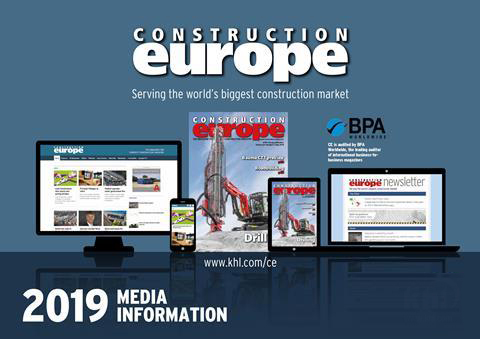Non-Invasive Underpinning Has Clear Benefits
Big machinery, massive digging, and protracted disruptions may come to mind when underpinning a structure. Instead, let’s discuss non-invasive underpinning building foundations, a wiser strategy that’s transforming the construction business. These strategies focus on precision, efficiency, and minimal interruption, not just mess avoidance.
Ever heard of ‘keyhole surgery’ in medicine? It lets surgeons work with little incisions, speeding healing. Non-invasive underpinning follows this book. Injecting structural resins or employing screw piles make modest, selective interventions instead of opening up enormous areas. This changes everything for us and the client.
Why non-invasive? Break it down. First, analyze daily life effects. Traditional underpinnings disturb greatly. It usually entails building evacuation, noise, and mess. However, non-invasive methods are quieter and cleaner. Businesses and families who fear relocation or shutdown benefit from buildings remaining in use during the process.
Furthermore, these methods considerably limit building damage during restoration. Traditional approaches may destabilize the building before securing it. Like taking a few steps back to leap forward. This risk is reduced by non-invasive approaches. We directly strengthen the basis without upsetting it. Imagine using a laser tool to secure a loose roof tile without walking over and cracking other tiles.
Don’t ignore environmental impact. Traditional underpinnings may damage the soil and endanger the ecosystem. Non-invasive methods are friendlier on the earth because they damage soil-less and don’t disturb subterranean water flows or toxins. Like being a good neighbor, why bring dirt into someone else’s yard when you can avoid it?
Another important element is cost. Non-invasive underpinning generally saves money over time. Fast turnaround and low labor expenses save money. Avoiding expensive post-underpinning repairs and corrections (a major issue with older procedures) also helps the budget.
Because of their precision, non-invasive treatments can target specific areas that need reinforcing without trial-and-error. Complex or historically significant buildings where every inch counts benefit from this. It’s like fixing sensitive machinery with a scalpel instead of a hammer.







